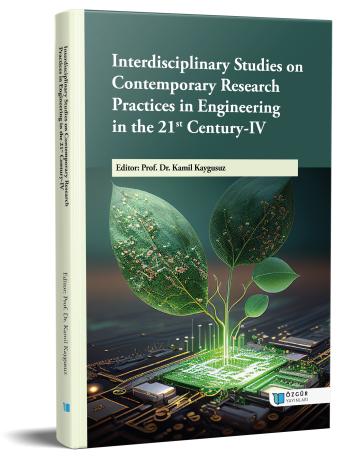
İklim Değişikliğine Sebep Olan Sera Gazlarının Azaltılmasında Biyokütlenin Rolü
Şu kitabın bölümü:
Kaygusuz,
K.
(ed.)
2023.
21. Yüzyılda Mühendislikte Çağdaş Araştırma Uygulamaları Üzerine Disiplinler Arası Çalışmalar IV.
Özet
Dünyamızın iklimi son elli yılda atmosfere salınan insan kaynaklı sera gazlarının doğal sera etkisini artırması yüzünden ısınmaktadır. Sera gazı emisyon salınım senaryolarına dayanan farklı iklim modelleri, 21’nci yüzyılda yaşadığımız yerkürede önemli iklim değişikliklerinin olacağını öngörmektedir. Ön görülen bu iklim değişikliklerini önlemenin ve bu değişikliklerin, sosyoekonomik sektörler, doğal ekosistemler ve insan sağlığı üzerindeki olumsuz etkilerini en aza indirmenin en iyi yolu ise, insan kaynaklı sera gazı salınımlarını azaltmak ve ormanlar (biyokütle) gibi karbon tutucu ortamları çoğaltmaktır. İnsan kaynaklı sera gazı salınımlarının önemli bir bölümü enerji üretimi ve kullanımıyla ilişkili olduğu için, yeni teknolojilerin çoğu, fosil yakıt çevrimi verimliliğinin iyileştirilmesine, enerji tasarrufunun ve verimliliğinin arttırılmasına ve düşük ya da sıfır karbonlu enerji kaynaklarının geliştirilmesine odaklanmaktadır. Bu bağlamda başta ormanlar olmak üzere canlılar için hayati öneme sahip tüm biyokütle kaynaklarının etkili ve verimli bir şekilde artırılıp kullanılması sera gazı emisyonlarının azaltılmasında da önemli bir rol oynayacaktır.

